Geosternbergia
Name Origin
Named in honor of its discoverer, George Fryer Sternberg.
Family
Pteranodontidae
Classification
Reptilia, Pterosauria
Habitat (Discovery Location)
United States
Period
Approximately 89.3 to 74 million years ago (Late Cretaceous)
Length
Approximately 3 to 6 meters (wingspan)
Diet
Piscivore (Fish-eater)
 Jurassic
Jurassic
Park / World Featured Dinosaur
Appearance in The Lost World: Jurassic Park
It never appears as a living creature on screen. However, its image can be seen on documents held by the InGen hunters.
This doesn't mean the species Geosternbergia lived on Isla Sorna (separately from Pteranodon). At the time of the film's release, Geosternbergia was still treated as a synonym (the same species) for Pteranodon, so their images were simply used interchangeably in the production materials.
Although the creature in the film's final scene is identified as Pteranodon, there is a complex backstory: the pterosaur species intended for Isla Sorna in this film was Geosternbergia (then known as Pteranodon sternbergi), which was still classified as a species of Pteranodon at the time.
In fact, the originally planned ending for this film was not the "T-Rex rampage in San Diego" scene used in the final cut, but rather a climax where Dr. Malcolm and the dinosaur hunters would battle pterosaurs.
Existing storyboards from that production depict this battle, and the pterosaur featured in them was, in fact, Geosternbergia, which was still publicly known as a synonym for Pteranodon at the time.
As mentioned, because Geosternbergia was still considered the same as Pteranodon, the production team planned to use the Geosternbergia design (likely chosen for its distinctive crest) as the "Pteranodon" that would appear in the final battle.
This means that if the pterosaur battle had been filmed as originally planned, it's possible that the "Pteranodon" featured in later films—the one that gets kicked by Dr. Grant and snatches Eric in Jurassic Park III, and the one that confronts Owen's team in Jurassic World—might have been the Geosternbergia design instead.
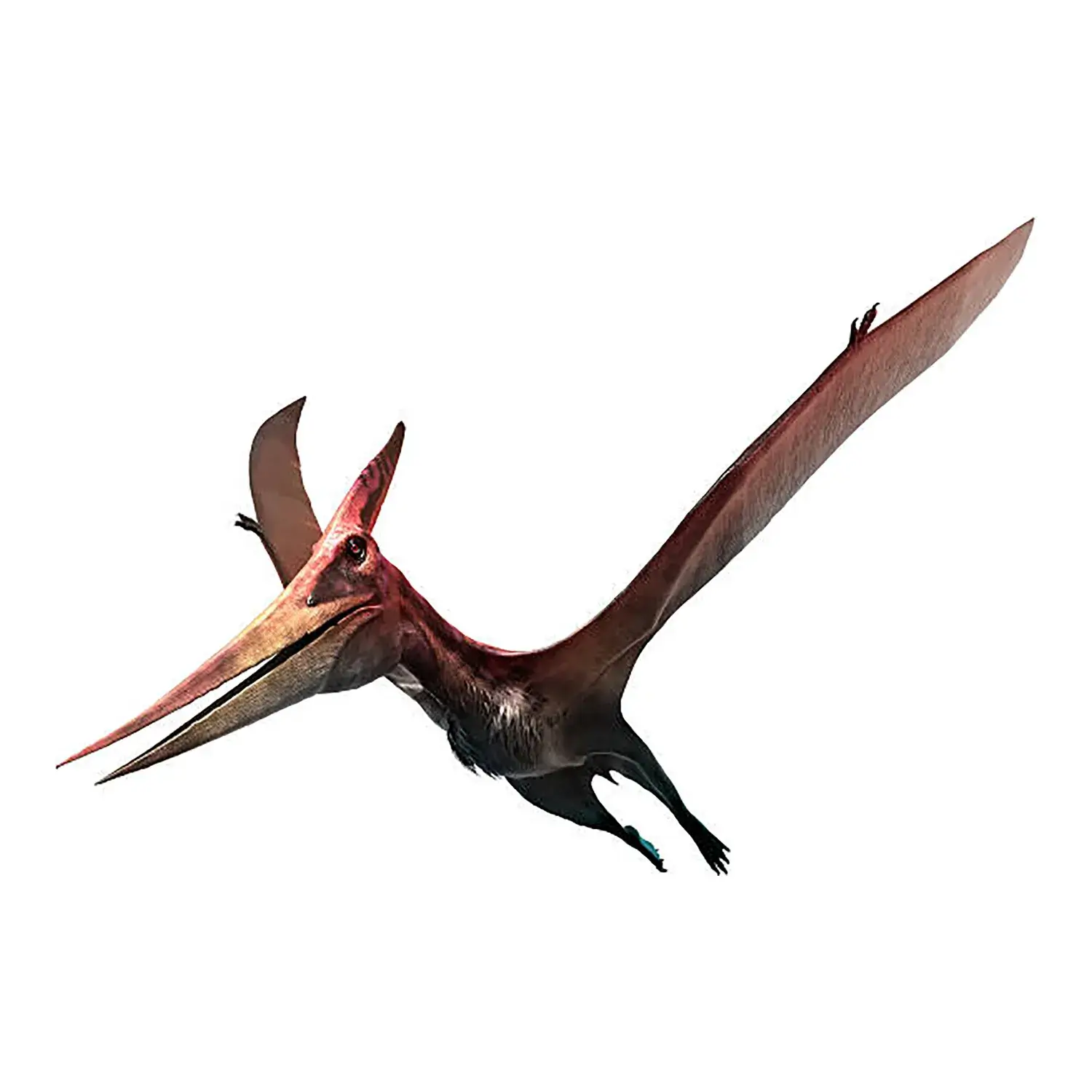
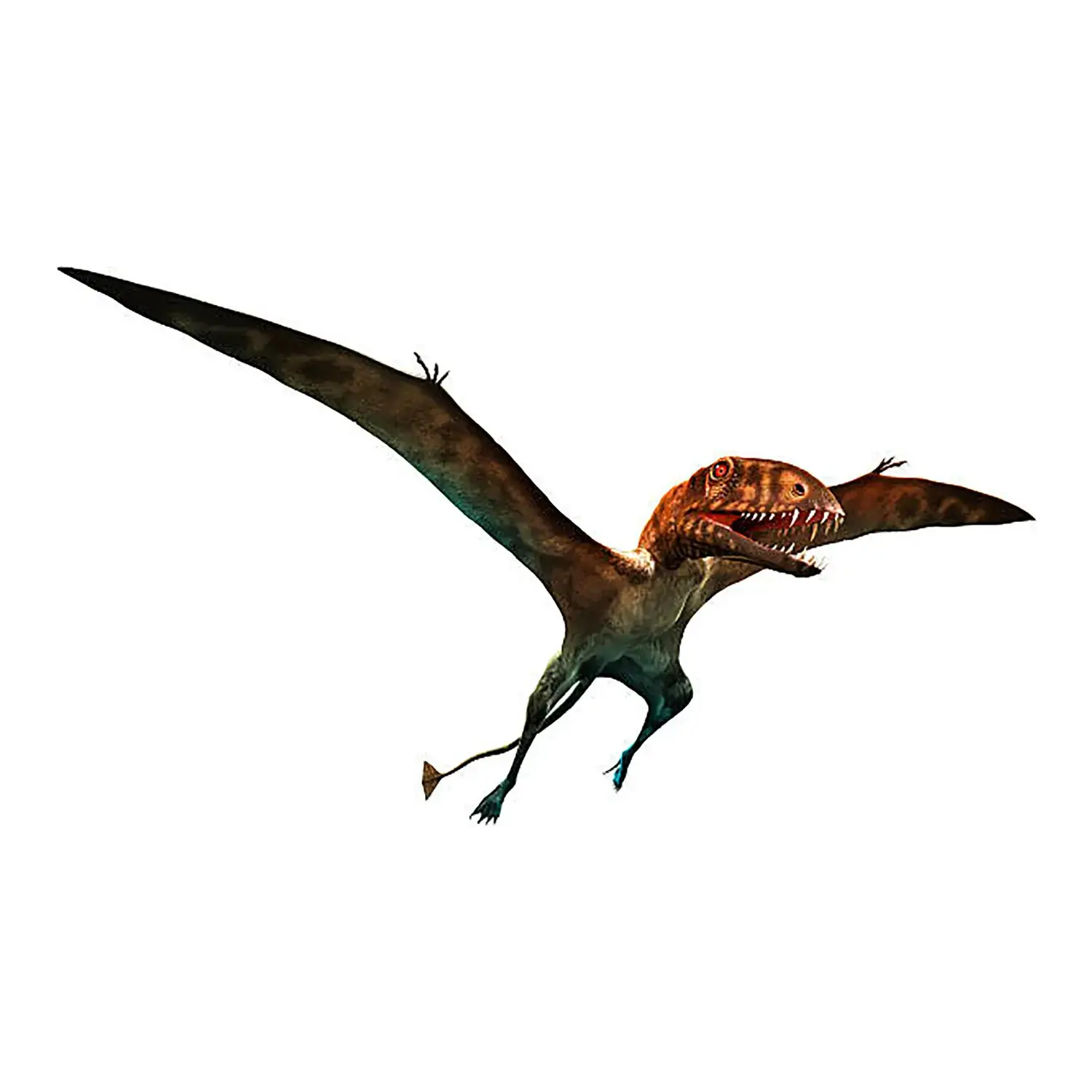
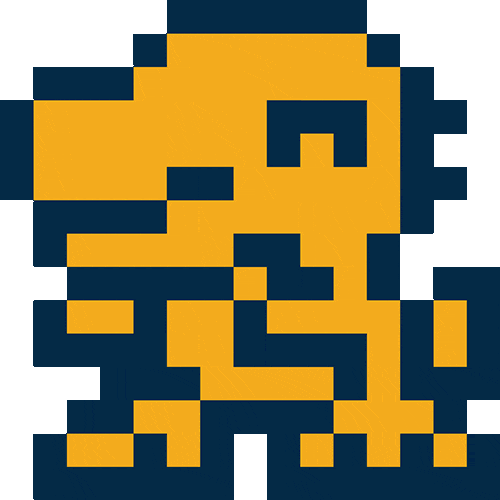

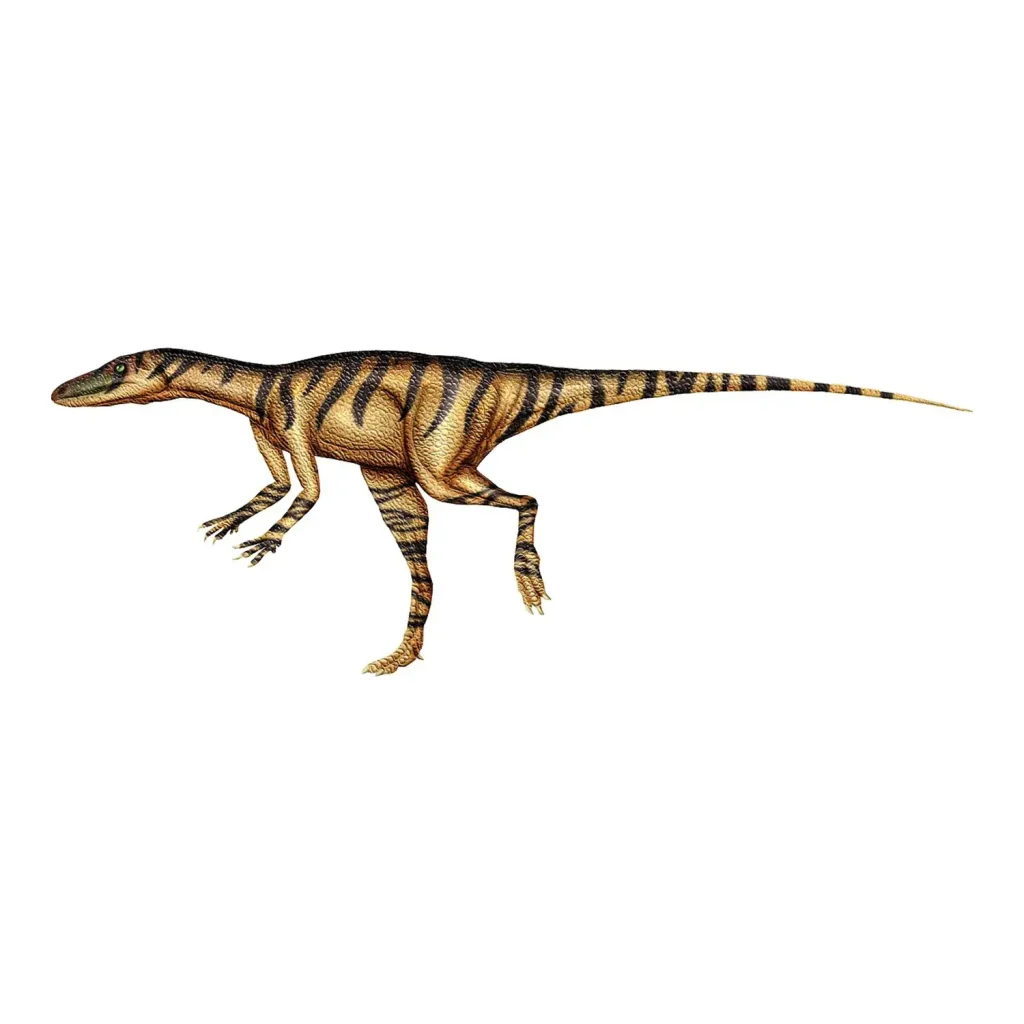
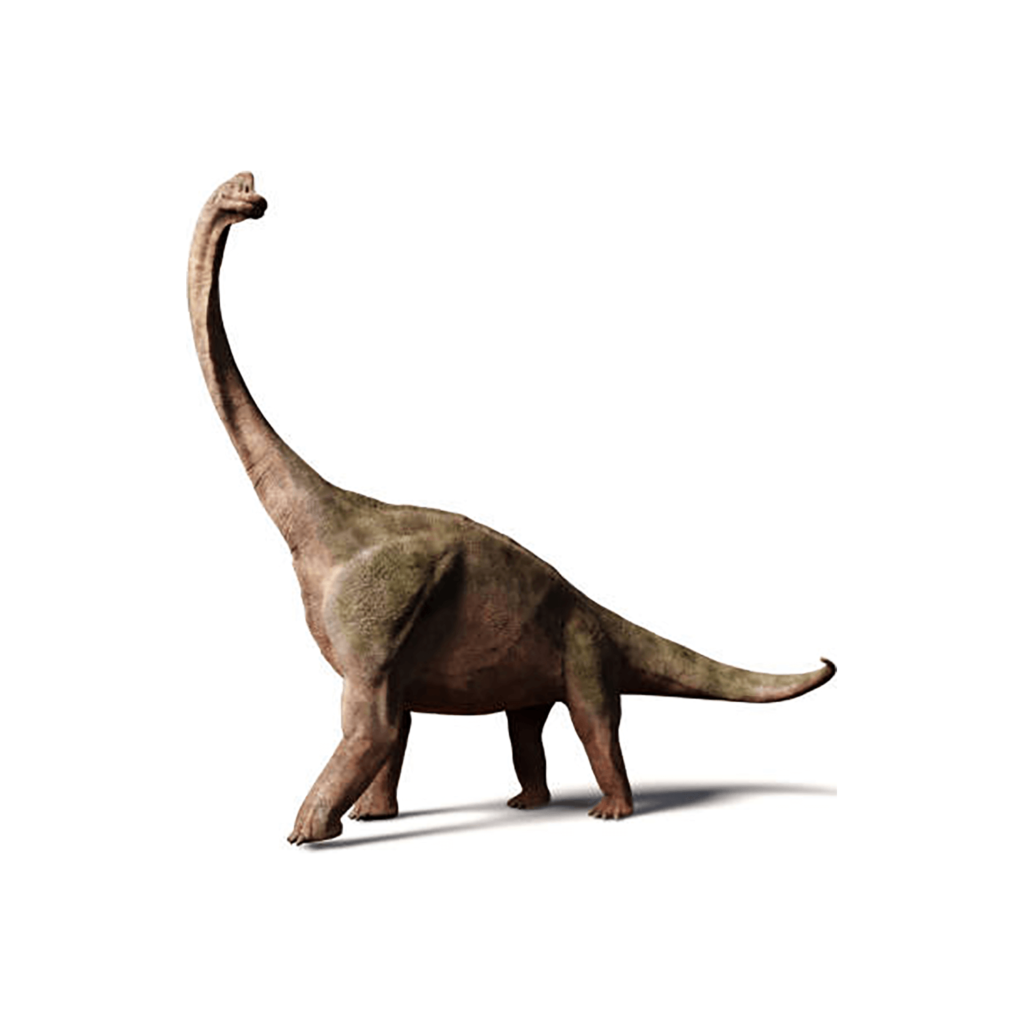

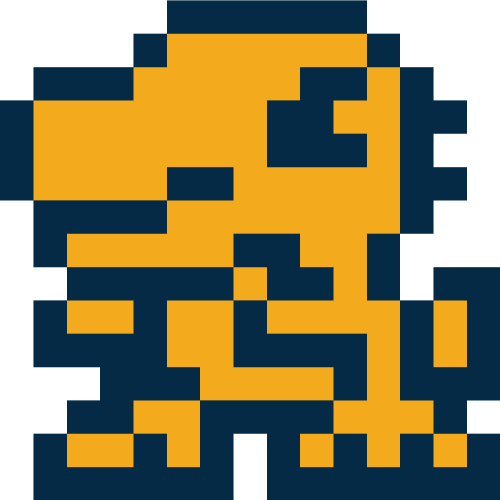
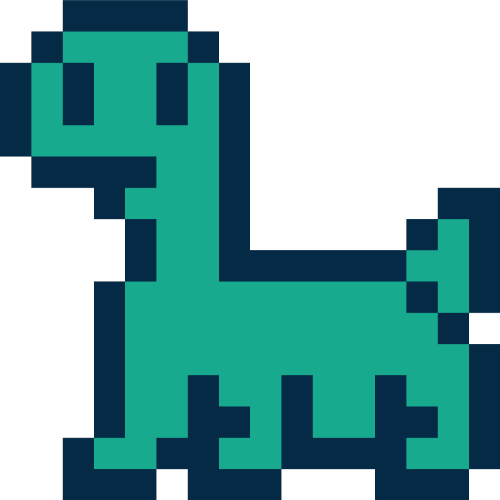
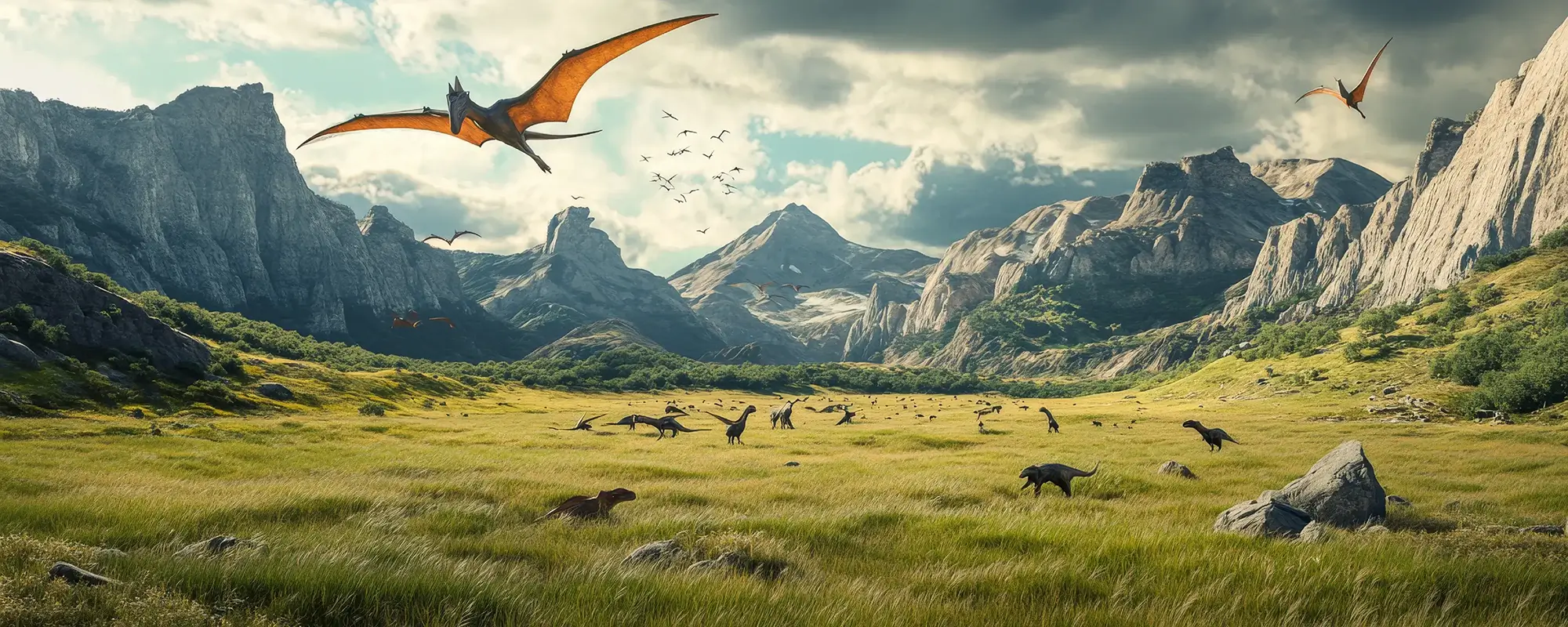



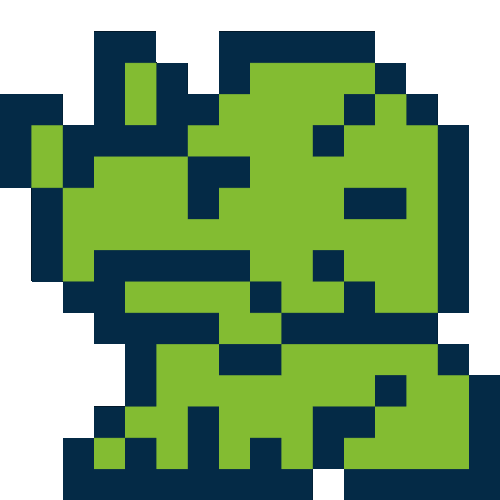
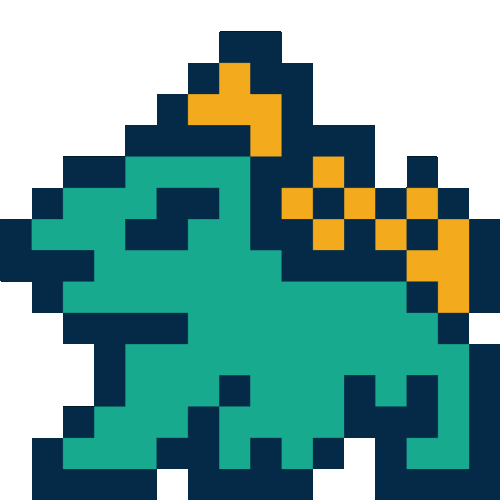
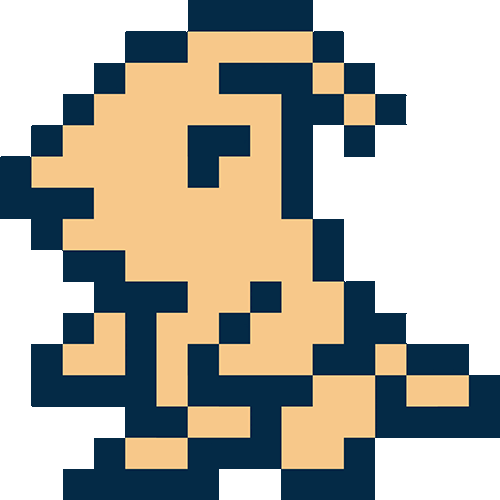

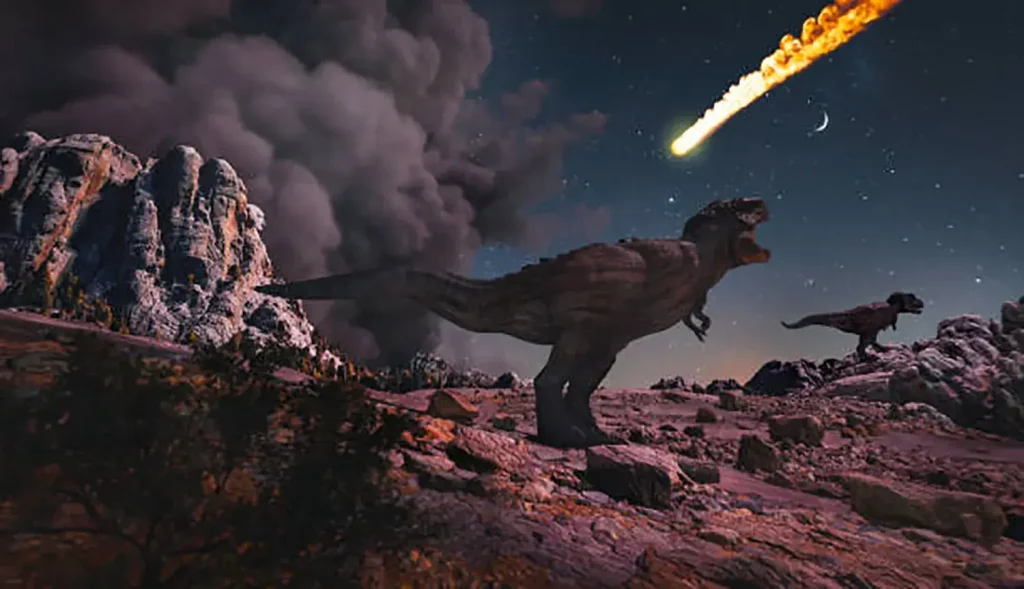
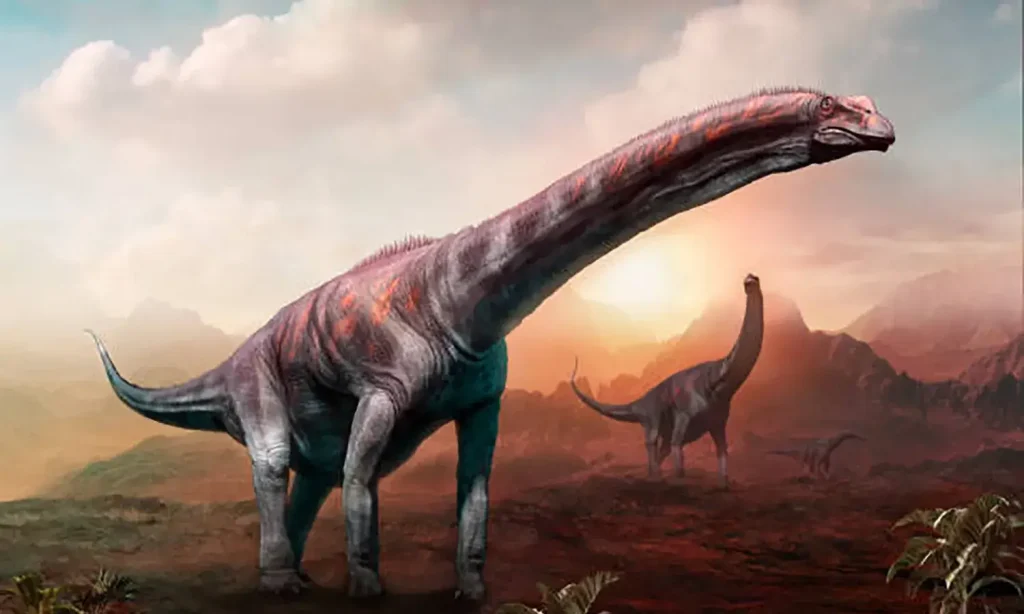
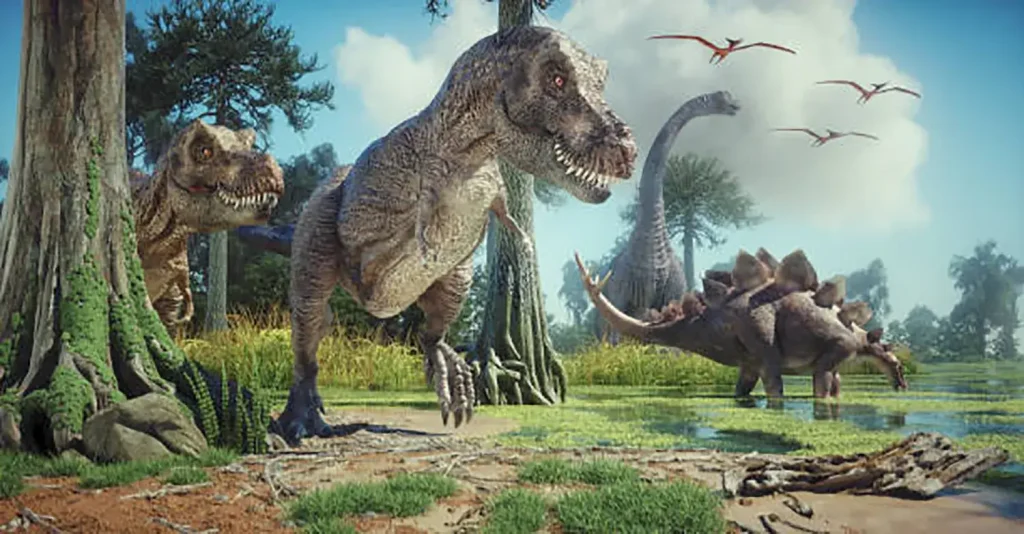
Description
Geosternbergia was a genus of pterosaur that lived in North America, primarily in the coastal regions of the continent Laramidia, during the Late Cretaceous period.
Its scientific name was given in honor of its discoverer, George Fryer Sternberg.
Relationship with Pteranodon and Its Independence: Why Did the Classification Change?
Geosternbergia’s habitat and time period overlapped with that of the famous Pteranodon, and its form was nearly identical, with the exception of its crest.
For this reason, it has a long history of being treated as a synonym of Pteranodon.
In fact, Geosternbergia sternbergi is still well known to the public by its former name, Pteranodon sternbergi.
However, Geosternbergia lived in an earlier time period than Pteranodon, and clear differences in their crest shapes were confirmed.
In recent years, as taxonomic “splitting” progressed based on the idea that too many species were classified under the genus Pteranodon, Geosternbergia was re-evaluated and recognized as an independent genus in 2010.
Since becoming its own genus, its presence in media and other platforms has also expanded.
The Most Prominent Feature: A Crest Like an Eboshi (Japanese Cap)
Geosternbergia’s most prominent feature is its uniquely shaped crest, resembling an eboshi (a tall, traditional Japanese cap), extending from its head.
This bony crest was located on the parietal bone (top of the skull) and extended upward and backward from the head.
The purpose of this crest is thought to have been primarily for display to attract mates, and it likely served as a visual marker for them to identify other species, or to distinguish age and sex within their own species.
Crest Variations: Differences Based on Species and Sex
The size and shape of the crest varied depending on age, sex, and the two known species.
G. sternbergi
The male’s crest was larger and more vertical, especially in older individuals.
G. maysei
The male’s crest was short, rounded, and vertical.
Females
The crests of females in both species were smaller, narrower, and more rounded than those of the males.
Fossils and Size
Geosternbergia was a large pterosaur with a wingspan reaching 3 to 6 meters.
The fossils discovered include an incomplete adult male skull and a nearly complete lower jaw (approximately 1.25m), among others.
Most specimens have been found in a fragmented state, but enough information has been recovered to reconstruct them in detail.